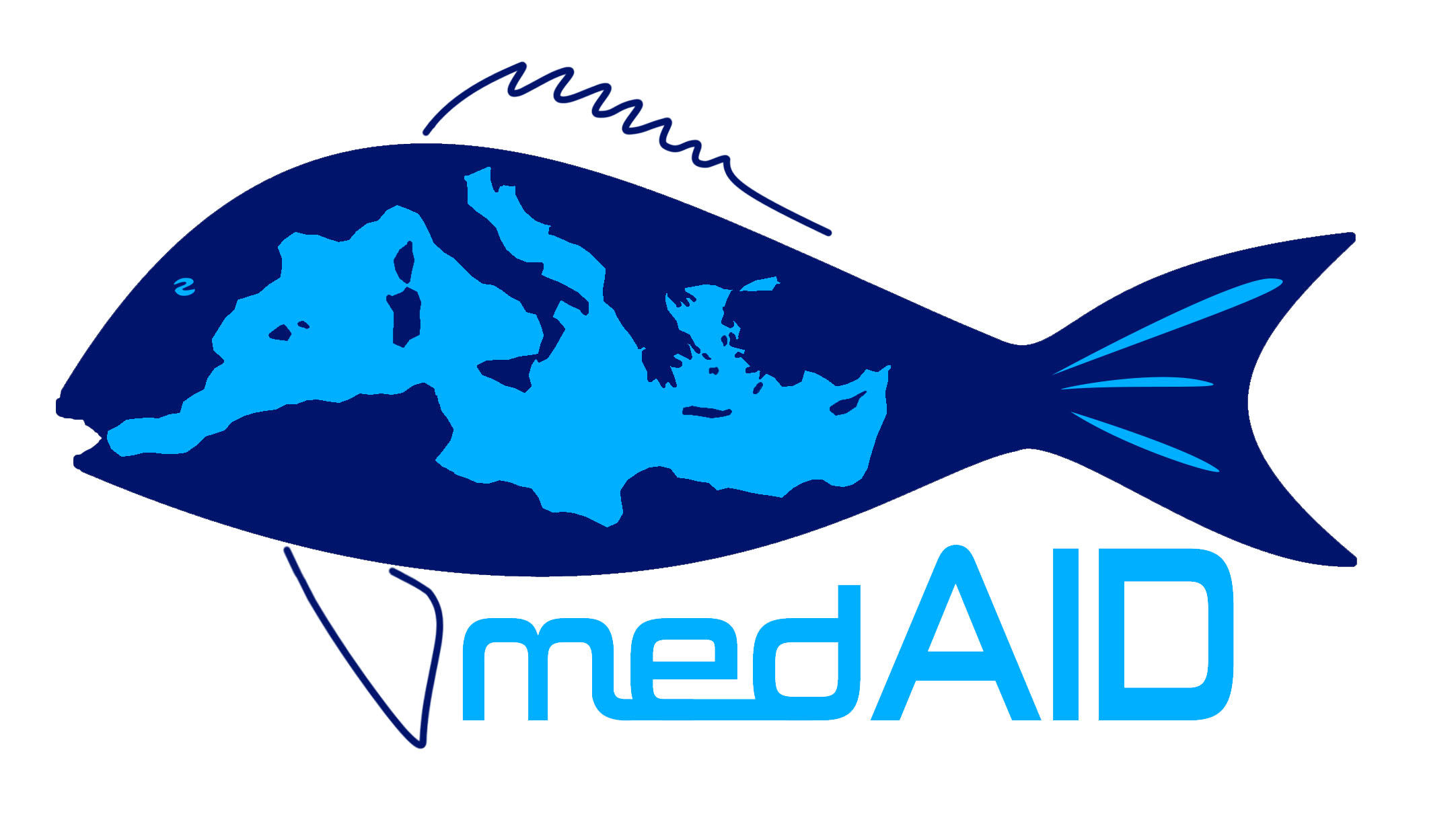Whenever a new technology with direct effect on our activity comes to light, it usually dazzles us. That first flash, the glow of novelty, is sometimes so intense that we forget the basics and focus on finding a direct, immediate application for it; and if it is a complex application, so much the better.
If we look at the unmet needs of farmers, as we are doing in projects such as MedAID or PerformFish, we realise the importance of ignoring those dazzling flashes and of the obligation to adopt a multidisciplinary approach based on simplicity, although in order to reach this simplicity, first we must go through a process that is apparently very complex. Such is our case.
We cannot forget that, ultimately, we are facing the frustration of not being able to solve the major challenges to Industry. Therefore, what could be better than asking the dissatisfied about the reasons for their dissatisfaction? If most of the experts, from very different backgrounds, agree on this, it must be true that simplicity is more efficient than excessive complexity based on an unquestioned belief in the analysis of the extraordinarily complex. In addition, I believe that open, simple approaches, without expecting anything a priori, are aesthetically much more appealing. I fully agree with Enrique de Mora (@enriquedemora)’s assessment in his “Keep it simple” post, where he states that:
“One should appeal to simplicity in communicating, creating, establishing goals, managing time, making decisions, designing structures and organisations and, of course, establishing relations. Simplicity is always more efficient.”
When we ask the aquaculture farm managers, technicians, marketing directors, opinion leaders and various experts for their views on the industry, on the strategy that will ensure the future of aquaculture and on the impact of research into that strategy, we get a diversity of answers, based on their personal point of view and on the current situation.
It seems that their opinions are not always aligned with the official positions or with those of the companies or the organisations that they work for. However there is a general agreement that if science is integrated within the strategy of Industry, there is a high probability that the result will lead to a high impact.
We find the use of a systemic approach to the problem to be very helpful. It allows us to stay focused as we work, since what we are actually doing is adjust the development of solutions to what we get directly through the questions. Perhaps we reach the conclusion that we need to change our scientific approach, how we exercise leadership, manage companies or how associations are shaped, perhaps even infrastructures and capabilities need to be redesigned, as already pointed out. The truth is that, at this time we do not know for sure, but maybe we should be prepared to, just in case.
What are the similarities? Why are they repeated in other agricultural industries almost in the same way? Which complex technologies will help us make things simple? Are we addressing the solution properly in the field of aquaculture?
As far as similarities are concerned, there seems to be some consensus in five key areas:
1. The performance of aquaculture farms must improve in order to close the gap between performance and efficiency. The lack of efficiency is caused by technical and socio-economic factors.
2. The future of the aquaculture production system will only be ensured if a “win-win” situation is achieved.
3. Intelligent solutions for animal health must be developed.
4. This development must be based on the design of innovative products for health and nutrition.
5. Progress will be based on industries with a strong biological and technological background.
When considering the deep, biotechnology-based changes that will have a clear influence and transform the aquaculture industry in the coming years, and which will affect both developed and developing countries, we observe an extraordinary coincidence with the agro-food sector, particularly on its commercial side. In fact, the advantage of simplification is that it helps us see things without resorting to overly complex alternatives. Therefore, we should be prepared, if we are not already, to deal with the forces that will drive innovation:
1. Real governance is finally here. Regulatory pressures on the use of inputs will grow with respect to water resources and new sources of raw materials, i.e. the biological sources that should replace the traditional ones.
2. Transversality has arrived and new layers of sophistication will be added to crops, such as precision farming approaches.
3. The gap between performance and efficiency will be reduced when we are able to transform low profitability crops into highly profitable ones.
4. To do so, new investment-stimulating factors, such as insurance based on big data analysis, will be incorporated. Guaranteeistic-style models have arrived.
5. Design aimed to boost crop improvement, perhaps based on the deep knowledge of specific individuals and their relationship with the environment. We are approaching the concept of customised medicine, at fish level, at group level…
 The technologies that should help us are already here, they have been with us for some time. But now they are being incorporated into the aquaculture industry through a multidisciplinary process. Robotics, the massive integration of data, the incorporation of Bioinformatics models, genome editing, metagenomics, nanotechnology… are all here to be used, and they are starting to be.
The technologies that should help us are already here, they have been with us for some time. But now they are being incorporated into the aquaculture industry through a multidisciplinary process. Robotics, the massive integration of data, the incorporation of Bioinformatics models, genome editing, metagenomics, nanotechnology… are all here to be used, and they are starting to be.
We will now be able to determine whether we are appropriately addressing what the aquaculture industry defines as dissatisfaction, which is nothing more than a simple way to define the complexity of this sector.
Translation of original post by Cristóbal Aguilera published on his blog Spotlight on aquaculture on 15 January 2018

